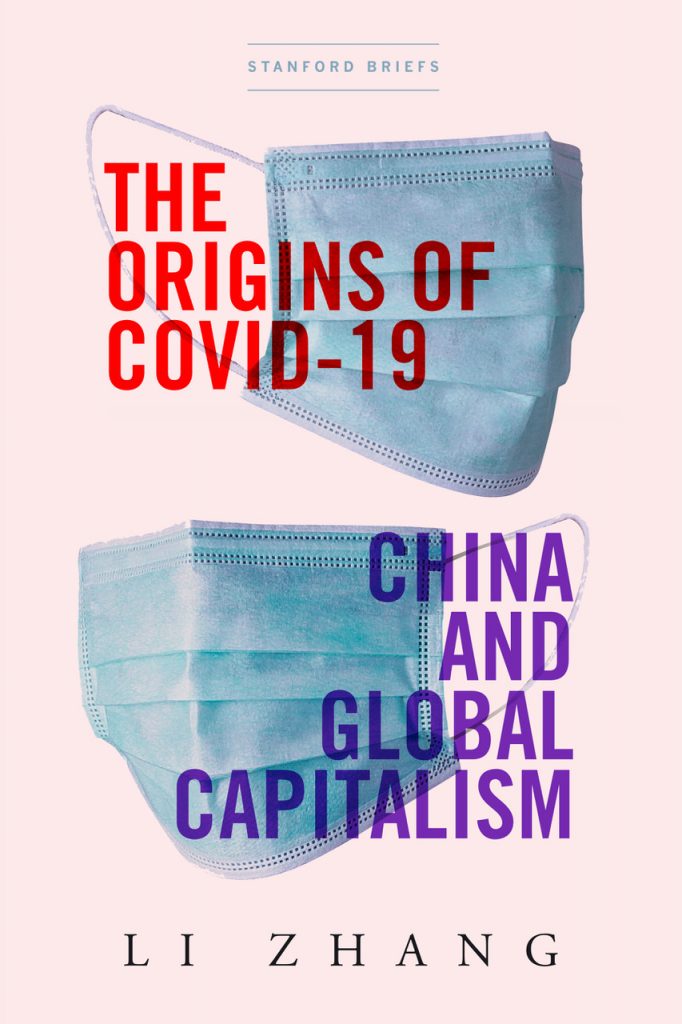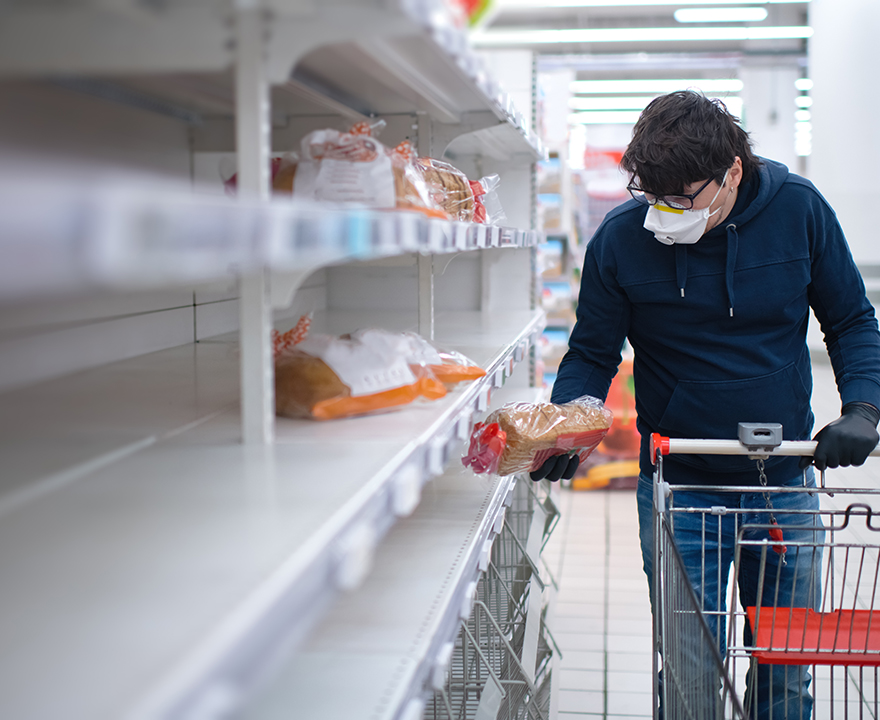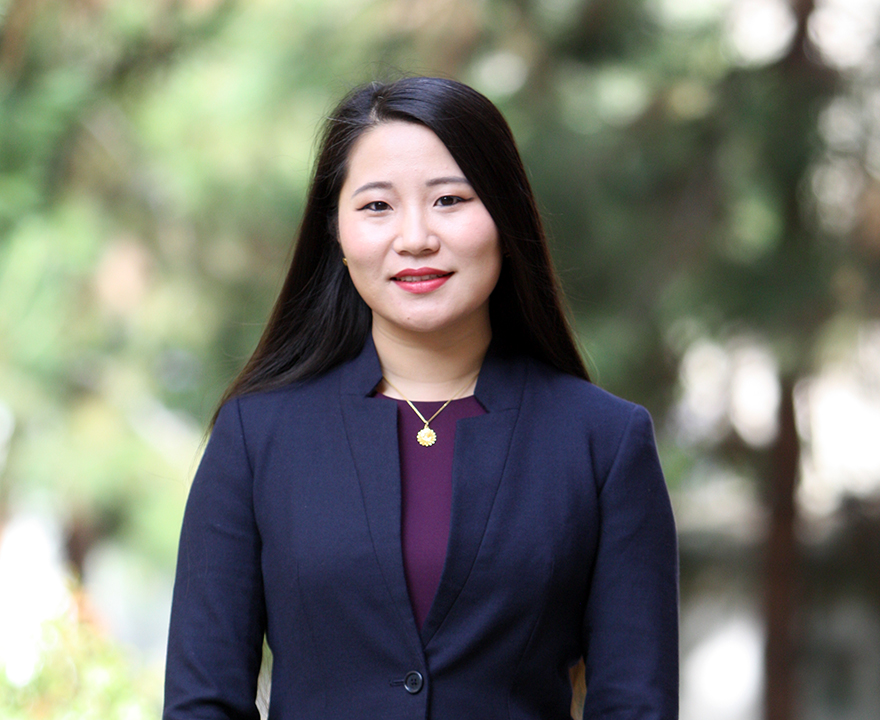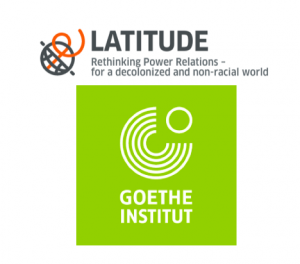Dr. Zhang just published a chapter in the book The Political Ecology of Industrial Crops (Routledge, 2021).
Zhang, L. (2021). “The political ecology of maize in China: National food security and reclassification from staple to industrial crop.” In The Political Ecology of Industrial Crops, A. Ahmed and A. Gasparatos (eds.), London: Routledge, pp. 221 – 243.
ABSTRACT
The future of maize in China is currently at a crossroads. It is not clear whether it will continue to be protected by strict food self-sufficiency regulations as a strategic staple food crop (alongside rice and wheat), or whether it will be reclassified as an industrial crop and abandoned to market dynamics similar to soybeans. This chapter examines different forces that push and pull in each direction, revealing where the balance currently lies in this tug-of-war, and what political, economic, and ecological transformations could be expected across different regions of China. This chapter draws upon an in-depth analysis of Chinese scientific literature and primary data from two provinces in China to describe the policy transformations regarding the classification of maize and analyze who stands to benefit and lose through this process. It identifies how policy transformations have followed the increasing trend toward the industrial use of maize for livestock feed, biofuel, and very diverse starch-based industrial products. Yet the government continues to classify maize as a strategic staple food crop, even though less than 5% is consumed directly as food each year. This chapter argues that the promotion of silage maize has emerged as the main compromise at this crossroads, and its advancement is likely to concentrate agribusiness production further in the hands of wealthy investors and displace small-scale agroecological production among peasants.
https://www.taylorfrancis.com/chapters/edit/10.4324/9780429351105-14/political-ecology-maize-china-li-zhang


 “The buying and exchange habits that transpired at the outset of the pandemic are not unlike what you might see in times of other crises, like a hurricane, but what’s different here is the length of time the pandemic has required these systems to operate and the importance informal, less established networks have played,” says Oliveira. “We’re interested in how some of these new systems might be sustained, how old systems might be better adapted for resilience during future catastrophes, and what these changes mean for vulnerable communities involved in the processes.”
“The buying and exchange habits that transpired at the outset of the pandemic are not unlike what you might see in times of other crises, like a hurricane, but what’s different here is the length of time the pandemic has required these systems to operate and the importance informal, less established networks have played,” says Oliveira. “We’re interested in how some of these new systems might be sustained, how old systems might be better adapted for resilience during future catastrophes, and what these changes mean for vulnerable communities involved in the processes.” For their part, Zhang and Oliveira received $92,057 to adapt surveys originally developed to study climate change-induced disruptions of agricultural production, and organize qualitative case studies and focus groups for food supply chain actors to share innovations. The project will reveal how traditional – as well as the emergence of alternative – networks that have enabled the food supply chain to survive and thrive amid the COVID-19 crisis. They plan to pay particular attention to issues of gender, race, social equity and resilience along the entire food supply chain – from farm workers to processing plants to distribution drivers and centers – so they may highlight the disproportionate weight vulnerable and marginalized communities carry within the network while experiencing crisis-driven hardship themselves. Their partnerships with the LA Food Policy Council and the University of California Division of Agriculture and Natural Resources will help get the survey directly into the right hands in California, says Oliveira, while similar community partnerships will help facilitate regional distribution across the nation.
For their part, Zhang and Oliveira received $92,057 to adapt surveys originally developed to study climate change-induced disruptions of agricultural production, and organize qualitative case studies and focus groups for food supply chain actors to share innovations. The project will reveal how traditional – as well as the emergence of alternative – networks that have enabled the food supply chain to survive and thrive amid the COVID-19 crisis. They plan to pay particular attention to issues of gender, race, social equity and resilience along the entire food supply chain – from farm workers to processing plants to distribution drivers and centers – so they may highlight the disproportionate weight vulnerable and marginalized communities carry within the network while experiencing crisis-driven hardship themselves. Their partnerships with the LA Food Policy Council and the University of California Division of Agriculture and Natural Resources will help get the survey directly into the right hands in California, says Oliveira, while similar community partnerships will help facilitate regional distribution across the nation.



